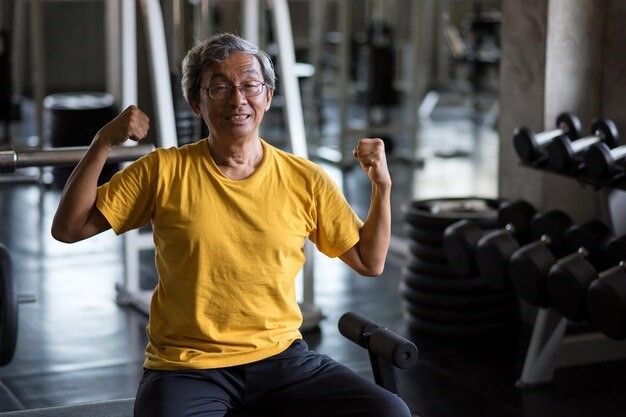The golden years of retirement open the door to new opportunities, adventures, and the invaluable gift of time.
This chapter in life, while a welcome change of pace, also brings with it the crucial challenge of maintaining physical fitness. With the cessation of the daily grind and the transition into a potentially less active lifestyle, the importance of physical activity magnifies.
It becomes not just a means to stave off the physical decline often associated with aging but a gateway to enhancing quality of life, extending independence, and embracing a period of life with vitality and enthusiasm.
Physical fitness in retirement is about more than just preventing or managing chronic diseases; it’s a foundation for thriving. Engaging in regular exercise can transform the aging experience, turning it into a vibrant continuation of life’s journey rather than a period of gradual decline.
According to the National Institute of Health, staying active can help prevent or mitigate the effects of heart disease, diabetes, and arthritis, while also combating the mental health challenges that can accompany aging, such as depression and cognitive decline.
With the cessation of the daily grind and the transition into a potentially less active lifestyle, the importance of physical activity magnifies
But how does one navigate the shift from a structured, often sedentary work life to an active, fulfilling retirement? The process involves setting realistic goals, exploring a variety of physical activities, leveraging community resources, and more.
This guide, grounded in proper research, aims to equip you with practical strategies to stay fit after retiring, ensuring that your post-work years are marked by health, happiness, and an unwavering zest for life.
Importance of physical fitness
Physical activity is crucial for seniors, offering benefits like disease prevention, mental health improvement, and enhanced cognitive function.
According to The Chairman of the Nigeria Medical Association, Cross River branch, Dr Felix Archibong, regular exercise can help prevent or manage conditions such as heart disease, diabetes, and arthritis.
Furthermore, he highlights the role of physical activity in reducing depression risk and improving cognitive functions.
Set realistic fitness goals
Begin with setting achievable fitness goals to stay motivated. Whether it’s walking a specific number of steps daily or participating in a community 5K run, ensure your goals are Specific, Measurable, Achievable, Relevant, and Time-bound (SMART).
Engaging in regular exercise can transform the aging experience, turning it into a vibrant continuation of life’s journey rather than a period of gradual decline
The National Institute of Ageing, Canada emphasizes the importance of goal setting in maintaining an active lifestyle post-retirement.
Incorporate a variety of activities
Diversifying your exercise routine can make staying active more enjoyable and less monotonous. Mix aerobic exercises, strength training, flexibility, and balance activities to cover all aspects of physical fitness.
According to the World Health Organization (WHO), engaging in various types of exercises can enhance overall fitness and reduce the risk of injury.
Join community fitness programs
Many communities offer fitness programs tailored to older adults. These programs not only provide structured exercise routines but also a chance to socialize and build a support network.
Emmanuel A. Odeyemi, a graduate teaching assistant at the University of Manitoba, Canada, discusses the benefits of community fitness programs in keeping seniors motivated and active.
Use technology to your advantage
Technology can be a powerful tool in tracking fitness progress and staying motivated. Fitness trackers, smartphone apps, and online exercise programs offer numerous resources for seniors to stay active.
Technology can be a powerful tool in tracking fitness progress and staying motivated
According to Healthline, utilizing technology can significantly enhance the exercise experience and adherence to fitness routines.
Stay consistent but flexible
Consistency is key to reaping the benefits of physical activity, but it’s also important to listen to your body and be flexible.
Adjusting your exercise routine based on how you feel can prevent injuries and ensure long-term sustainability. Mayo Clinic advises on the importance of balancing consistency with flexibility to maintain fitness without risking health.
Consult healthcare professionals
Before starting any new exercise regimen, it’s crucial to consult with healthcare professionals, especially if you have existing health conditions. The World Health Organization (WHO) highlights the necessity of medical guidance to ensure that fitness activities are safe and appropriate for your health status.
Conclusion
Staying fit after retiring is about finding balance and enjoyment in physical activity.
By understanding the importance of fitness, setting realistic goals, incorporating variety, leveraging community resources, using technology, maintaining consistency, and seeking professional advice, seniors can lead active and fulfilling lives.
Remember, the journey to fitness is personal and adaptable, so tailor these strategies to fit your needs and preferences.


